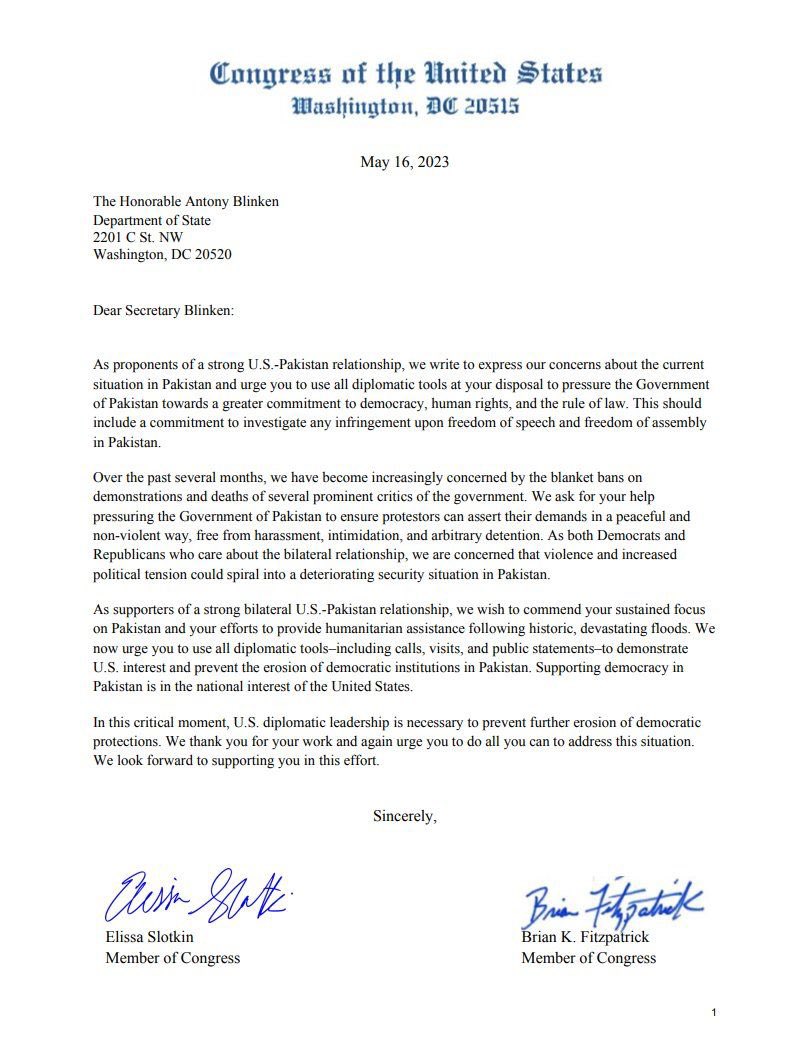U.S. And Chinese Trade Representatives To Meet: What To Expect

Table of Contents
Background: The Current State of US-China Trade Relations
The relationship between the U.S. and China has been characterized by a complex interplay of cooperation and competition for decades. However, in recent years, trade tensions have dramatically increased. Key milestones include the initiation of the trade war under the Trump administration, marked by the imposition of significant tariffs on various goods. This was followed by the "Phase One" trade deal in 2020, offering some temporary relief but leaving many underlying issues unresolved.
Key areas of contention remain:
- Tariffs: High tariffs imposed by both countries continue to impact numerous industries and consumers.
- Intellectual Property Rights (IPR): Concerns over theft and forced technology transfer persist, hindering innovation and fair competition.
- Technology Transfer: China's pursuit of technological self-reliance has raised concerns about unfair competitive practices.
- Market Access: Difficulties for U.S. companies in accessing the Chinese market remain a significant sticking point.
Key Statistics:
- Bilateral trade volume between the U.S. and China has fluctuated significantly in recent years, impacted by tariffs and geopolitical factors.
- The U.S. has consistently run a large trade deficit with China, a major point of contention in bilateral discussions.
Objectives of the Meeting: What are the Representatives Hoping to Achieve?
The objectives of the U.S. and Chinese delegations likely differ, though finding common ground is essential for de-escalation. The U.S. may seek:
- Reduced tariffs and improved market access for American businesses.
- Stronger protections for intellectual property rights.
- A commitment to fair competition and a level playing field.
China's goals might include:
- Easing of existing tariffs and a reduction in trade tensions.
- Continued development of its domestic technology sector without undue external pressure.
- Maintaining access to vital U.S. technologies and markets.
The political climate in both countries significantly influences the negotiations. Domestic political pressures in both the U.S. and China could impact the willingness of negotiators to compromise.
Specific Issues Likely to be Addressed:
- Agricultural exports: Easing restrictions and increasing market access for U.S. agricultural products.
- Technology disputes: Addressing concerns over intellectual property theft and forced technology transfer.
- Currency manipulation: Discussions on currency exchange rates and their impact on trade balances.
Potential Outcomes: Scenarios and Predictions
Several scenarios could emerge from the U.S. and Chinese trade representatives meeting:
- Scenario 1: Breakthrough Agreement: A significant agreement could be reached, leading to tariff reductions, increased market access, and a de-escalation of tensions. This would likely positively impact global markets.
- Scenario 2: Partial Agreement: A limited agreement addressing some issues while leaving others unresolved could lead to temporary stability but might not fully address underlying tensions.
- Scenario 3: Stalemate: A lack of progress could further escalate tensions, leading to new tariffs or other trade restrictions. This would likely negatively impact global markets and investor confidence.
Potential Positive Consequences:
- Increased trade volume and economic growth.
- Reduced uncertainty and improved investor confidence.
- Strengthened global supply chains.
Potential Negative Consequences:
- Continued trade tensions and potential escalation.
- Negative impact on global economic growth.
- Increased uncertainty for businesses and investors.
Impact on Global Markets: What Investors Should Watch
The outcome of the U.S. and Chinese trade representatives meeting will significantly influence global markets. A breakthrough agreement would likely boost investor confidence, leading to increased market activity. A stalemate or further escalation, however, could trigger market volatility and potentially lead to sell-offs in certain sectors.
Sectors to Watch:
- Technology: The outcome will significantly affect technology companies operating in both countries.
- Agriculture: Agricultural exporters will be particularly sensitive to any changes in trade policies.
- Manufacturing: Manufacturing sectors heavily reliant on trade between the U.S. and China will face considerable uncertainty.
Potential Investment Strategies:
- Diversification: Maintaining a diversified portfolio can help mitigate risks.
- Hedging: Consider using hedging strategies to protect against potential market volatility.
- Monitoring: Closely monitor developments and adapt investment strategies accordingly.
Looking Ahead: Future of US-China Trade Relations
The long-term implications of this U.S. and Chinese trade representatives meeting will be substantial. Regardless of the immediate outcome, the fundamental tensions between the two economies are likely to persist. However, successful negotiation and de-escalation could pave the way for future cooperation on issues of mutual interest, such as climate change and global health. Conversely, a failure to reach an agreement might exacerbate existing challenges, potentially leading to a more fragmented global trading system.
Key Takeaways:
- The U.S.-China trade relationship remains highly complex and volatile.
- The outcome of the meeting will have broad global implications.
- Continuous monitoring and adaptation are crucial for businesses and investors.
Conclusion: Understanding the U.S. and Chinese Trade Representatives Meeting
The meeting between U.S. and Chinese trade representatives holds immense significance for global trade and economic stability. Understanding the potential outcomes and their implications is critical for businesses, investors, and policymakers alike. The various scenarios outlined above highlight the range of possibilities, from significant progress to further escalation. Staying informed about future developments is paramount.
Stay tuned for further analysis on the impact of this crucial U.S. and Chinese trade representatives meeting and subscribe to our newsletter for updates.

Featured Posts
-
 Winning Lotto Numbers Saturday April 12th Draw Results
May 08, 2025
Winning Lotto Numbers Saturday April 12th Draw Results
May 08, 2025 -
 The Taiwan Dollars Ascent And The Need For Economic Overhaul
May 08, 2025
The Taiwan Dollars Ascent And The Need For Economic Overhaul
May 08, 2025 -
 Luis Enrique Ben Pastrim Ne Psg 5 Lojtare Largohen
May 08, 2025
Luis Enrique Ben Pastrim Ne Psg 5 Lojtare Largohen
May 08, 2025 -
 Kripto Varliklarda Miras Sifresiz Kalanlar Ne Yapmali
May 08, 2025
Kripto Varliklarda Miras Sifresiz Kalanlar Ne Yapmali
May 08, 2025 -
 Lahwr Myn Ahtsab Edaltwn Ka Nsf Khatmh Mwjwdh Swrthal Awr Tshwysh
May 08, 2025
Lahwr Myn Ahtsab Edaltwn Ka Nsf Khatmh Mwjwdh Swrthal Awr Tshwysh
May 08, 2025
